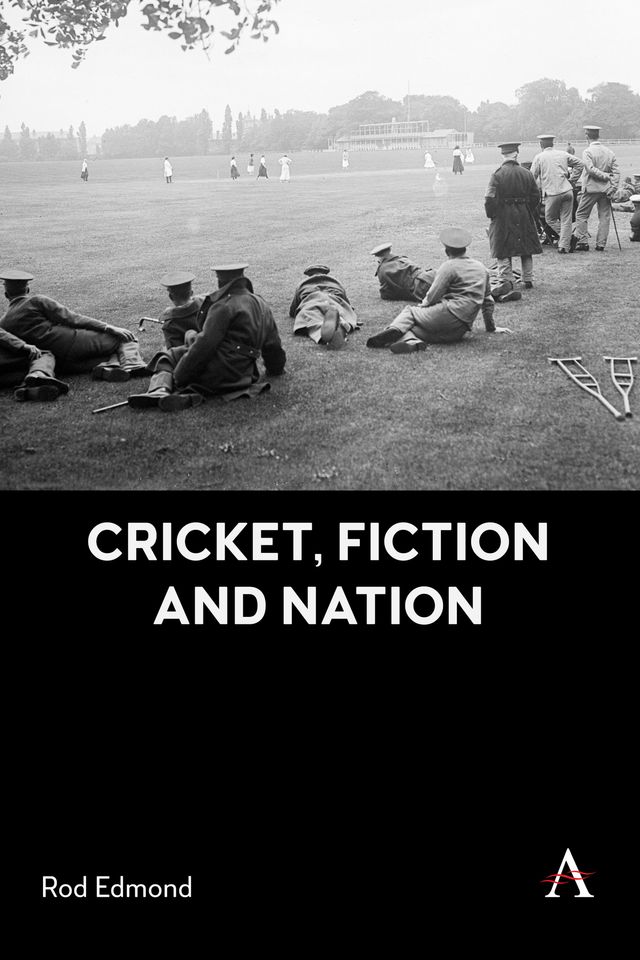Rod Edmond
ISBN: 9781839996450
Pages: 170
Pub Date: October 2025
Imprint: Anthem Press
Rod Edmond
ISBN: 9781839996450
Pages: 170
Pub Date: October 2025
Imprint: Anthem Press
Paperback
£19.99 / $24.95
Hardback
£80.00 / $110.00
eBook (WEB PDF)
£19.99 / $24.95
eBook (EPUB)
£19.99 / $24.95
Explores how cricket has been portrayed in fiction from the 19th century to the 21st, examining shifts in the treatment of national, post-colonial and global themes.
Following a short introduction, the book is arranged in seven chapters, each dealing with a specific genre and its main themes. The opening chapter considers how the village cricket story laid down the main tropes of cricket and fiction and established a defining relation between cricket, England’s green and pleasant land and national identity, especially in times of war and its aftermath. The second chapter develops the cricket, war and nation theme in the public school cricket novel, especially in the period of the South African (Boer) and First World Wars when cricket and war were frequently dramatised in similar terms. It also discusses the recurring treatment of homosexuality in the public school cricket novel and how the language of cricket was used to write about same-sex attraction. The next chapter breaks new ground in discussing how cricket has featured in murder mysteries. It demonstrates how well suited to each other the sport and the genre are – cricket providing a kind of open-air closed-room setting for a murder narrative – and explores the formal similarities between the shape and structure of a game of cricket and the procedures of the novel.
The following two chapters explore how amenable cricket fiction has proved as a medium for both comedy and tragedy. It discusses the inherent comic potential of cricket for fiction, the mishap and slapstick of a sport in which the box was introduced a century before the helmet. Cricket also has a long association with suicide as many observers of the game have noted. Fictional treatment of this tragic theme has focused on how a sport which is so time-consuming, both in the duration of a game and the extended career of those who play it, has made retirement difficult to manage and sometimes led to suicide.
As the English cricket story declined into insularity and nostalgia, and cricket ceased to be a subject for serious literary fiction, the post-colonial cricket novel emerged. The penultimate chapter considers how contemporary post-colonial novelists have revived and expanded the fictional possibilities of cricket by extending its global range and replenishing its traditional narratives to include previously unspoken issues of migration and race, thereby creating new kinds of stories. The concluding chapter looks at several apocalyptic end-of-the-world cricket stories and develops into a discussion of how cricket is both contributing to and threatened by global heating, raising the question of its sustainability as a sport and as a subject for fiction.
Paperback
£19.99 / $24.95
Hardback
£80.00 / $110.00
eBook (WEB PDF)
£19.99 / $24.95
eBook (EPUB)
£19.99 / $24.95
